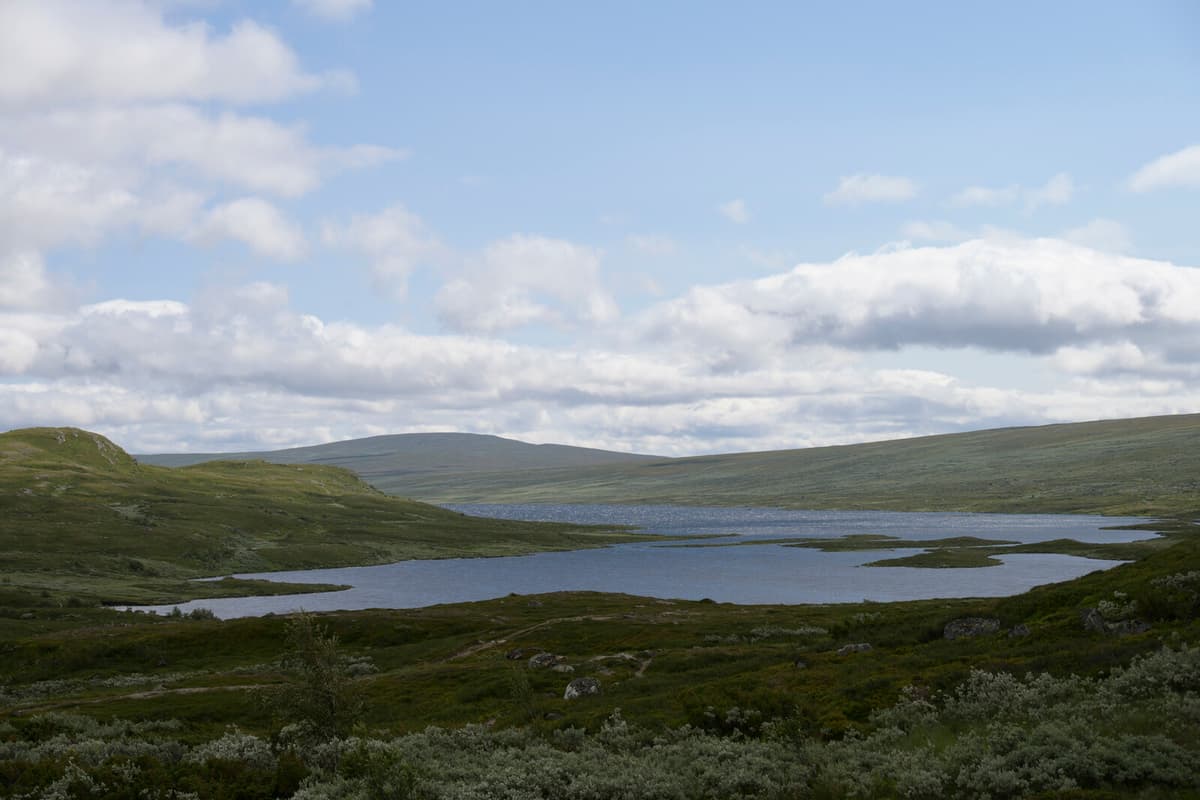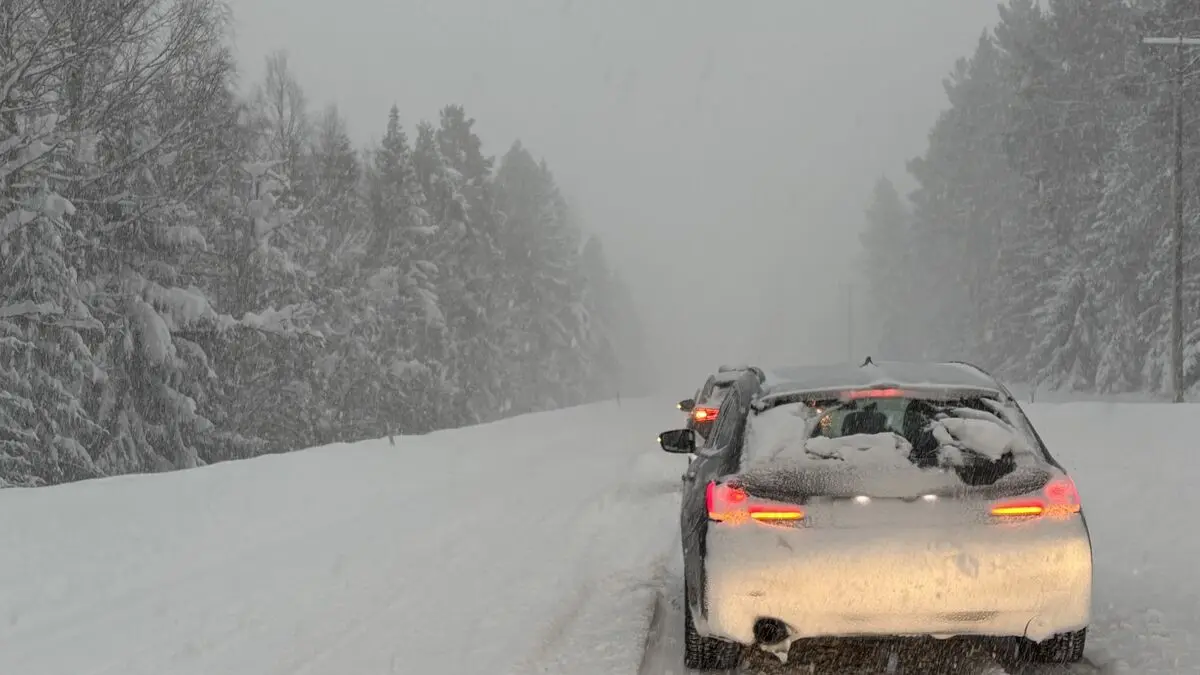The warming in the cold regions at high altitude in the north is up to four times faster than the global average. However, climate models often do not take into account emissions of greenhouse gases from inland waters, which leads to incorrect assessments of climate impact.
For a long time, it was assumed that nothing was happening in these water systems. What you see is that emissions of greenhouse gases are very important, says Jan Karlsson, professor at the Department of Ecology, Environment and Geoscience at Umeå University.
Permafrost is thawing
Researchers at Umeå University and Sichuan University in China have investigated 3,000 rivers, lakes, and other watercourses and compiled data from the northern hemisphere. They conclude that emissions of greenhouse gases from inland waters are of the same magnitude as the uptake of plants on land.
The largest impact has emissions in areas with widespread permafrost, something Jan Karlsson sees as particularly alarming. The permafrost that thaws when it gets warmer stores large amounts of carbon, and there are concerns that it will contribute to even higher emissions.
This becomes what is called a positive feedback. When permafrost thaws, stored carbon is released, parts of the carbon are broken down so that greenhouse gases are released, warming the climate even more, so that the permafrost thaws. It becomes a self-reinforcing mechanism.
More research
As global warming increases, it becomes increasingly important to take into account emissions from cold regions, according to Jan Karlsson, and that requires more research.
You have to look at specific conditions to understand how the climate in the future will affect these different areas. But then we need to collaborate – often, different systems are studied separately, you work on land or water.






